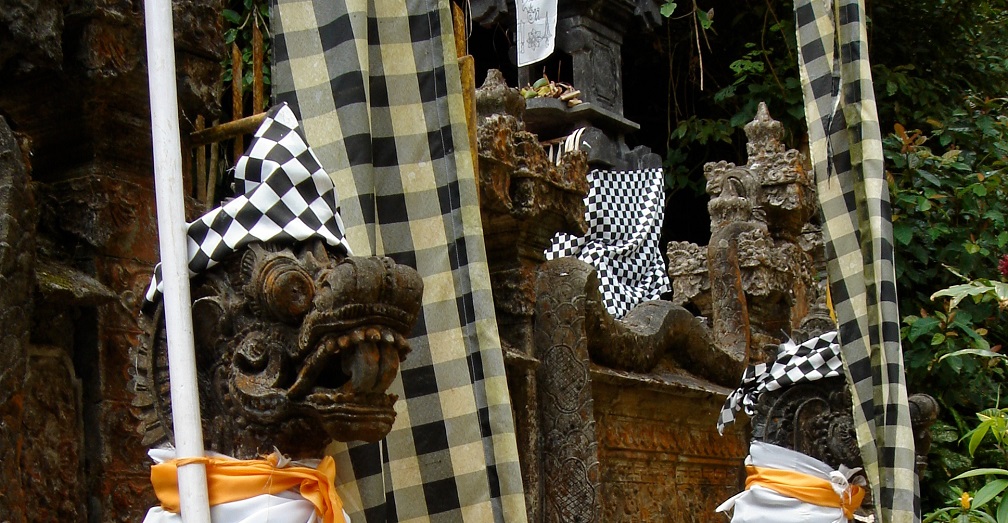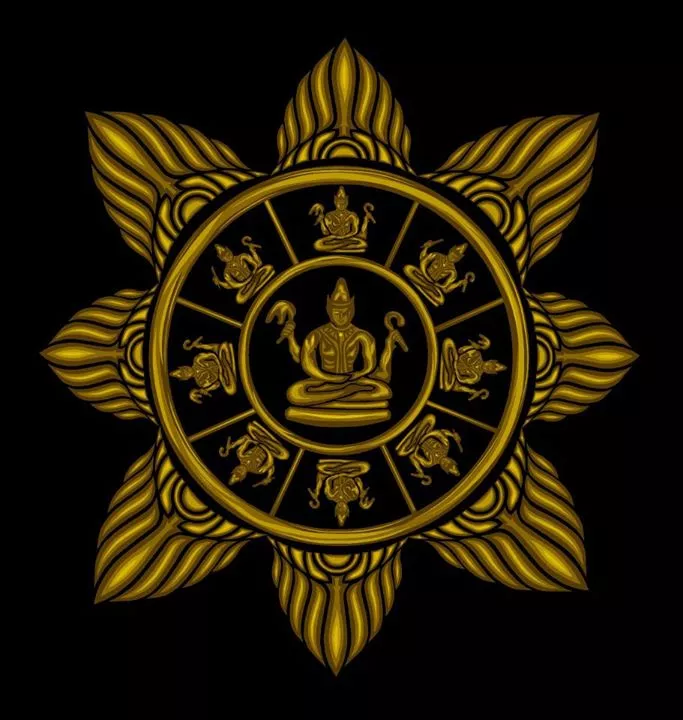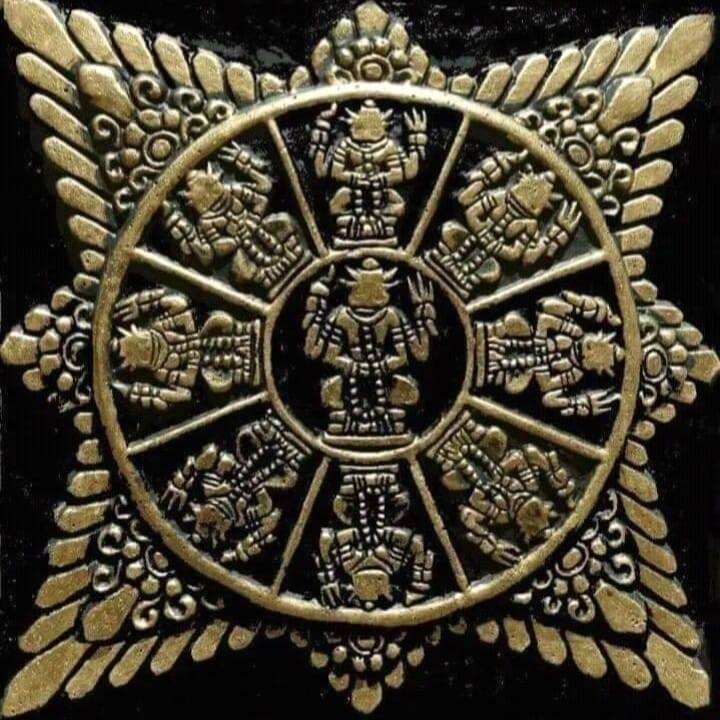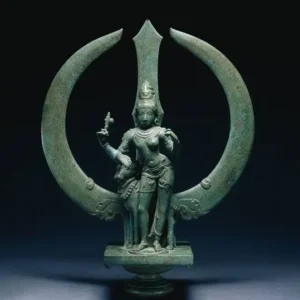
Originally posted on Medium
Balinese and Javanese wisdom teaches that there is no joy without sorrow, no night without day. They understand that there will always be good and bad in the world and in everyone.
This principle, called Rwa Bhineda is represented by the black and white squares of the saput poleng (saput means ‘blanket’, poleng means ‘two-toned’). The alternating black and white squares symbolize the coexistence of opposites and the ultimate goal of harmony.
Rwa Bhineda – The Philosophy of Balance
The Indonesian Hindus believe in integrating dualism, which is the idea that two opposite things depend on each other to exist. You can’t have day without light, black without white, low without high, joy without sorrow, etc. This is the core tenet of Rwa Bhineda.
Just as the Chinese people have Yin and Yang, Rwa Bhineda is basically a manifestation of the universe’s balance in Indonesian Hinduism.
Rwa Bhineda promotes an appreciation of opposites and differences. Indonesian Hindus are taught not to despair too much, because there will always be joy to balance it. Joy on the other hand should not be celebrated too excessively, for it will eventually be balanced by sadness.
Therefore opposites must be embraced and balanced in order to create harmony. The saput poleng signifies the coexistence of opposites and the ultimate achievement of equilibrium.
Because the saput poleng cloth symbolizes this concept of balance and harmony, it is regarded with a lot of respect.
By meditating on Rwa Bhineda, one can soon see that sorrow is part of happiness, and derive useful lessons from past mistakes, understand that nothing is truly bad, and can accept both sorrow and joy as God’s gift.

Why do Bali statues wear checkered black and white clothes?
The saput poleng can be seen on tree trunks, statues and gates all over Bali.
When trees and pratimas (statues) are draped in saput poleng, it is to show that a spirit resides within it and that it should be paid respect to. This is why locals salute the statues or the trees wrapped in a saput poleng by making a short prayer or honking when they pass it.
There are two other types of saput: one with grey in addition to black and white, and another that includes red squares, which then becomes tridatu.

Pratima of the Prajnaparamita of Java
Tri mandala: Three Layers of Understanding
The Balinese believe that there are 3 spiritual layers (tri mandala) in everything:
- the outer layer (jaba mandala)
- the middle layer (madya mandala)
- the inner layer (utama mandala)
These 3 layers are also evident in the architecture of Balinese temples (pura), and even homes.
The outermost layer of Balinese spiritualism is an area where the difference between “black and white” is still obvious. Those that are easily swayed between two opposites are considered to have a spiritual level that is still within the outer layer. That is why this cloth is only used in the outer area of Balinese temples.
The deeper someone’s spiritual understanding gets the less obvious is the lines between ‘black’ and ‘white’, and one will not use differences as an excuse to show anger or hostility towards things, people and events. The deeper one evolves, the more the ultimate Unity of all things appears.

The Pelinggih (shrines) are divided in 3 levels, depicting the 3 levels of consciousness








